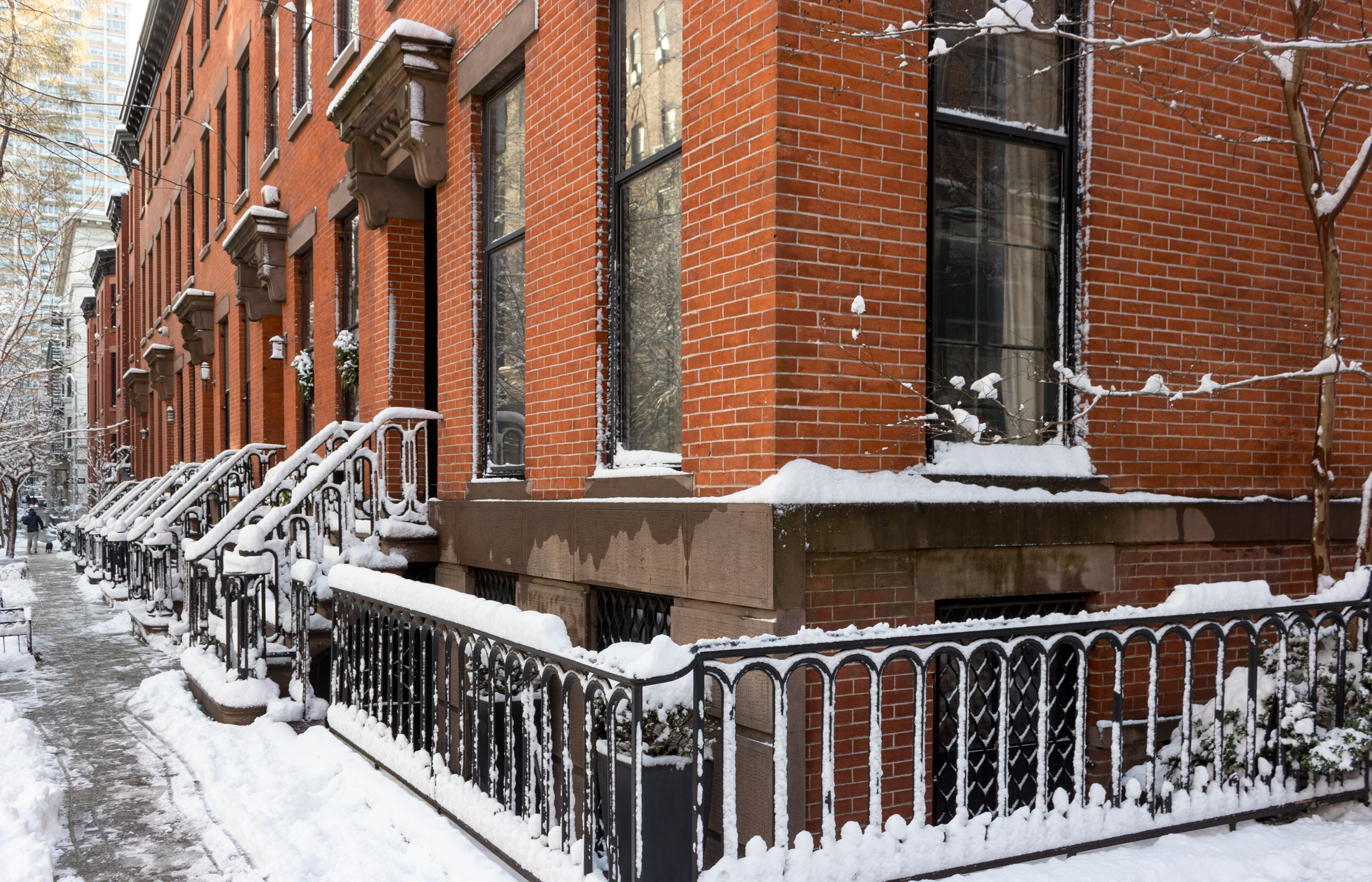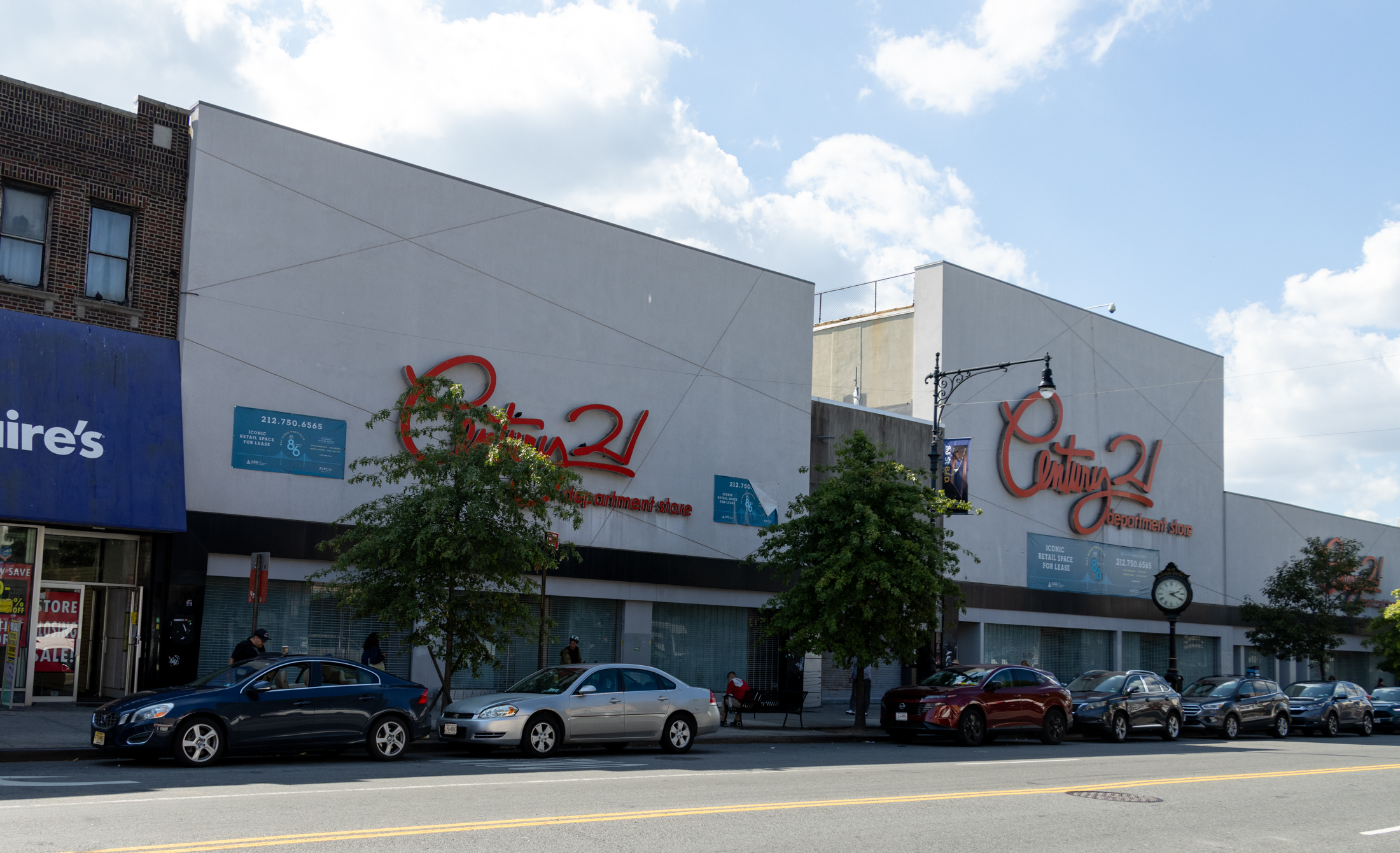The Shifting School Equation
There wasn’t room to discuss it yesterday, but we suspect the public/private school issue is on a number of people’s minds. Over the weekend, The Times ran an article about the number of people who bought their apartments in recent years with the assumption that they would send their kids to private school. Now that…

 There wasn’t room to discuss it yesterday, but we suspect the public/private school issue is on a number of people’s minds. Over the weekend, The Times ran an article about the number of people who bought their apartments in recent years with the assumption that they would send their kids to private school. Now that the economic downturn has made that a more difficult proposition, they are left to confront the limitations of their own school district. In some cases, parents are even considering renting a cheap apartment within a good school district just to get access—after all, it would be cheaper than the $30,000+ tuition in Manhattan. (It’s more like $25,000 here in Brooklyn.) Question for the renters and those in the market to buy in Brooklyn: Has the school issue shifted your real estate plans since the downturn began?
There wasn’t room to discuss it yesterday, but we suspect the public/private school issue is on a number of people’s minds. Over the weekend, The Times ran an article about the number of people who bought their apartments in recent years with the assumption that they would send their kids to private school. Now that the economic downturn has made that a more difficult proposition, they are left to confront the limitations of their own school district. In some cases, parents are even considering renting a cheap apartment within a good school district just to get access—after all, it would be cheaper than the $30,000+ tuition in Manhattan. (It’s more like $25,000 here in Brooklyn.) Question for the renters and those in the market to buy in Brooklyn: Has the school issue shifted your real estate plans since the downturn began?
The Sudden Charm of Public School [NY Times]
Photo by Steve and Sara





To turn the issue on its head: how does moving the kids of wealthy parents into a failing school help that school? Class sizes are too large in NYC in nearly every school. 29 kids per teacher is normal. I live in Brooklyn Heights, zoned for PS8. Lots of parental involvement and money. But roughly a third of the kids don’t test at grade level and — being honest — it’s because a third of the kids come from the projects. How do you teach to a class where 1/3 of your class came to school knowing how to read, 1/3 are learning how to read, and 1/3 doesn’t even know how to turn the page of a book and/or don’t speak English? How does a teacher deal with a class like that? Rich parents would tell you that their kids in that situation learn very little. Maybe you think 1st graders need only be a clean place with good teachers, they’d tell you that studies say these are the most important years and that the best teachers can’t teach in this situation. Parents with kids who are not at grade level will tell you the teachers are spending too much time with kids who don’t need the help.
I was for the not-perfect school grades only because it recognizes two facts: we need to pay teachers for performance and we need to figure out what performance means. Does a teacher at 321 (with no projects) or 29 (with no projects) get bonuses because their kids can read above grade level in June when in fact they could read above grade level back in September? Isn’t it far harder for a teacher in a failing school to get kids who can’t read at all to read a little?
I don’t think we need more money. I don’t think sending the affluent kids into poorer schools help anyone. I think we need more early education, smaller class sizes and better teachers. And in a way, I think we may be moving in the right direction.
There is a huge inequity between Districts 13 and 15 in terms of school quality. It is true that because of a number of factors, there are more choices for parents looking for a high-quality, progressive elementary education in District 13 than just a few years ago, as witness PS 11, 8, and the Community Roots Charter School. These are all schools in which parents have become heavily involved, with an administration that welcomed them into the school community and into the classrooms. Involved parents donate not only time but money and resources. There are other schools ripe for such involvement and turnaround, i.e. PS 56. And there are huge social reasons to try and keep your child in the neighborhood for elementary school.
The middle school situation in District 13 is far less optimistic, however, and there simply are no progressive, selective, rigorous schools available aside from Arts and Letters, which had 1,000 applications last year for approximately 80 slots–and this school is open to Districts 13, 14, 15, and 16, so getting in is not at all a sure thing. There are other middle schools in the district that promise high academic standards, but they also promise a very traditional, rigid, authoritarian method of education.
Which is why so many Dist. 13 families leave the public school system for middle school, or move out of district, or move their kids out of district. It’s not just the privileged families portrayed in the Times article, it’s many, many working families who don’t want their kids warehoused for three years in underperforming middle schools or schools with a very rigid, traditional approach to education.
“I went through one of the worst public school systems in rural New England until I dropped out of high shool at 16 (never even got a GED), and now I am an accomplished lawyer. Schooling is often irrelevant.”
I think you underestimate your personal accomplishment by claiming schooling is irrelevant.
If you took 200 people with your natural abilities and sent 100 to good schools and 100 to terrible schools, you would absolutely find a significant difference in the number of accomplished lawyers or other highly educated professionals in the two groups.
Likewise, if you had the same 200 people all in good schools but 100 of them have crappy parents, you would see a significant difference in outcomes.
Parenting and schooling both matter.
I do agreed with the sentiment that grammar school matters less than middle school or high school from an academic perspective, although from a social perspective grammar school can be pretty important. For example, my nephew went to a school with discipline problems where physical confrontations between children was common and punishment was doled out equally to instigators and people defending themselves. His focus was about 90% on the kids he had confrontations with and the fallout there.
His parents finally got him moved to another school fortunately. Same parents, same kid, different school, and now he’s happy, enjoys learning, and making friends.
“Amazing how everyone in the article has a ‘really smart kid’.
Posted by: etson at April 7, 2009 10:31 AM”
Not me – Chicken Jr is notoriously dumb. She’s pretty funny though so we may send her to clown school when she’s older.
The day they started busing in NYc was the day they made the first big mistake. Instead of trying to improve the schools that needed it the most, they just started shifting kids around. Schools with good reputations for education were always a premium in NYC and the Bd of Ed, instead of trying to make all schools good, opted to concentrate resources and money on those that were already “good.”
Kids spent too much time on buses, getting up far earlier, leaving when the buses did so afterschool programs suffered, and having less time at night to do homework. Let’s not even add in all the gov/union issues to the mix- the real problems were never fixed. Poorly performing schools were overlooked and kids in them endured horrible conditions. My brother-in-law, my sister and several friends are teachers- some of the stories are hair-raising and infuriating. I’m not talking about the kids- I’m talking about the programs, the way money is apportioned, the lack of supplies, even bad teachers.
When parents get involved in their kids school it’s a plus.But as taxpayers, I think we all have a right to say something about the state of education in this city if we care about the future, kids or no.
hey Archi, interested in your thoughts re 139 v 217 as Chicken Jr has got into both.
I strongly agree with Lechacal. If you get over the preconception that your kids have to go to private school you and your kids will be in a much better place financially and in terms of preparation for life.
Amazing how everyone in the article has a ‘really smart kid’.
I’m not a parent, and had not really thought much about school districts in considering where I might buy. Reading about these people I just think of it all as one of the trade-offs involved in living in NYC. Not everyone can have the perfect apartment with the best schools in a ‘safe’ but interesting neighborhood – so these parents just have to decide what their priorities are and act accordingly.
As a sidenote, I think one of the main drivers of the ‘suburbanization’ of NYC that is often derided on this board has been that more parents have decided to stay in the city rather than move to the suburbs. This is more the case in Manhattan than Brooklyn. Not necessarily a bad thing, but think that young families staying in NYC is a cause as well as an effect of other changes in the city.
PS 8, PS 321 and MS 51 are three schools where the school equation will shift noticeably.
For years, wealthy parents in Brooklyn Heights have sidestepped public schools and the resulting drain brain at PS 8 was obvious. For the locals, St Ann’s and Packer are the neighborhood schools. Will these now not so wealthy parents start sending their kids to PS 8? During it’s turnaround period PS 8 would admit almost any child in District 13. If PS 8 gets an influx of locals, the window of opportunity for family ‘working the system’ will close for sure.
The same came be said for PS 321 and MS 51. Even with a good public school alternatives, many PS parents were in a financial position to sent their kids to the Berkeley Carrolls and Poly Prep’s of the neighborhood. If these parents decide that 321 is in their best financial interest, this will result in even more kids at an already crowded school. It would also certainly accelerate the redrawing of the school boundary. So if your thinking about buying 321, think carefully about future boundary changes.